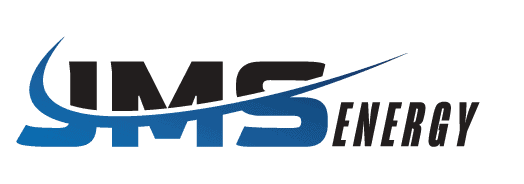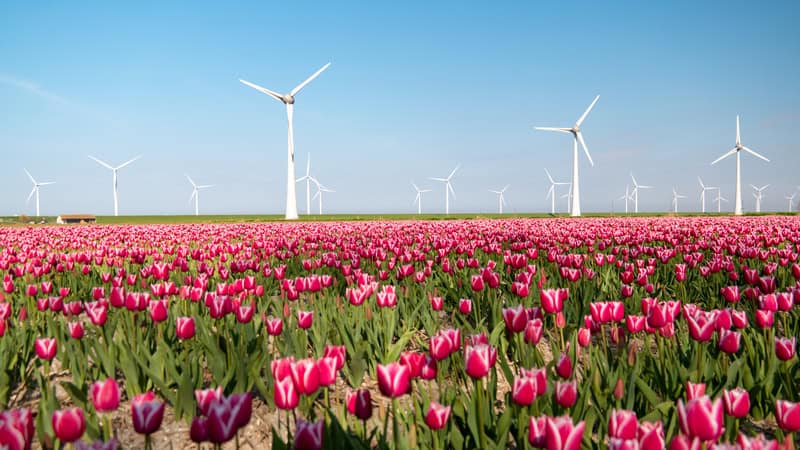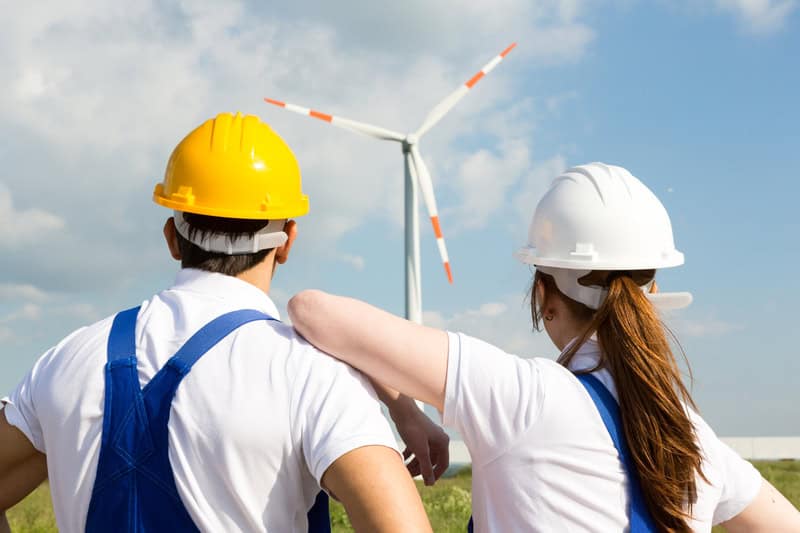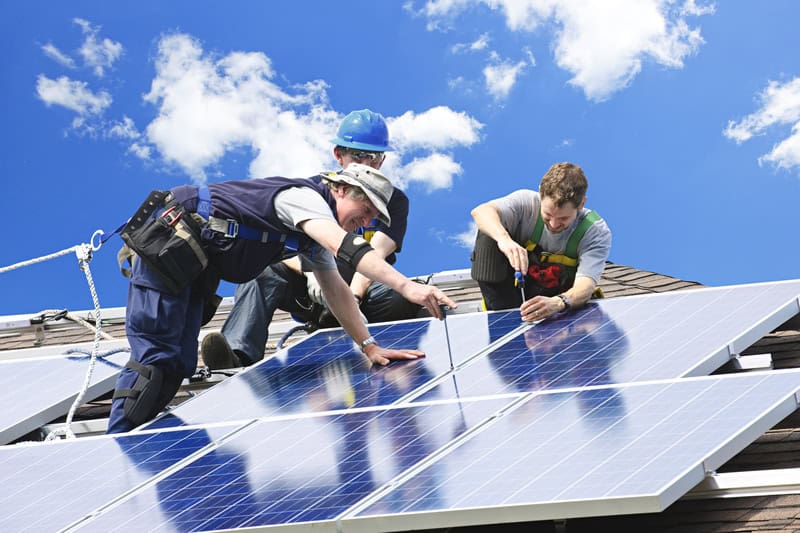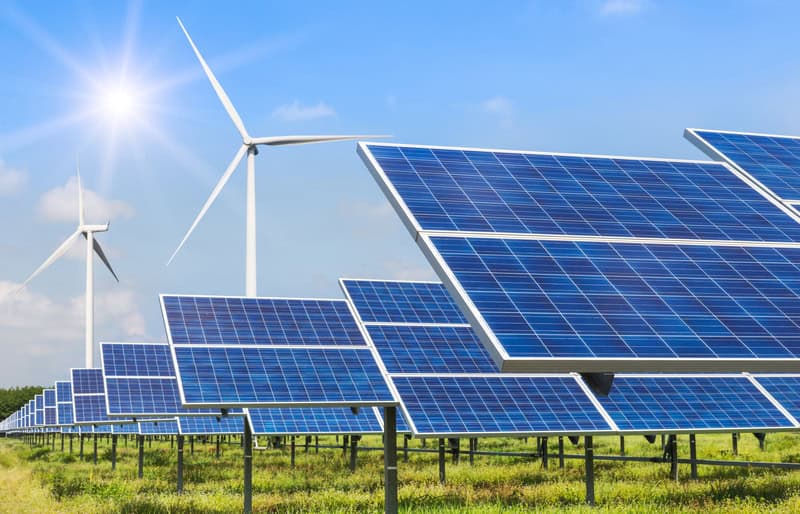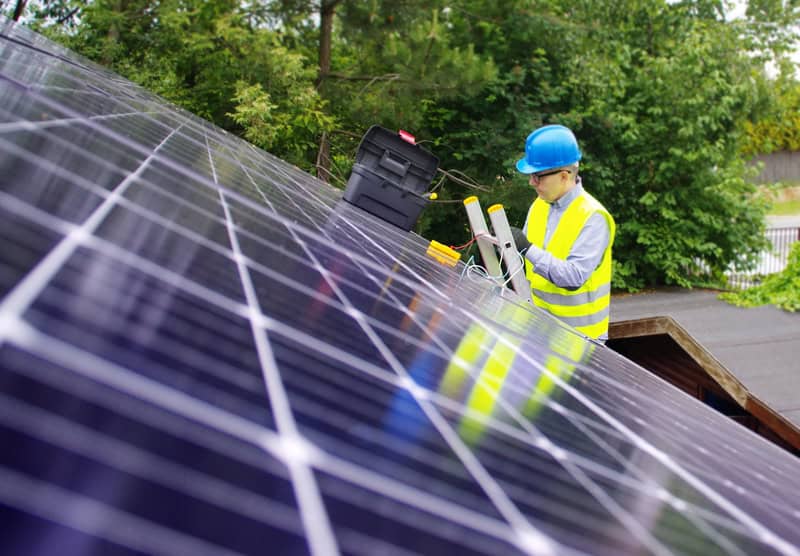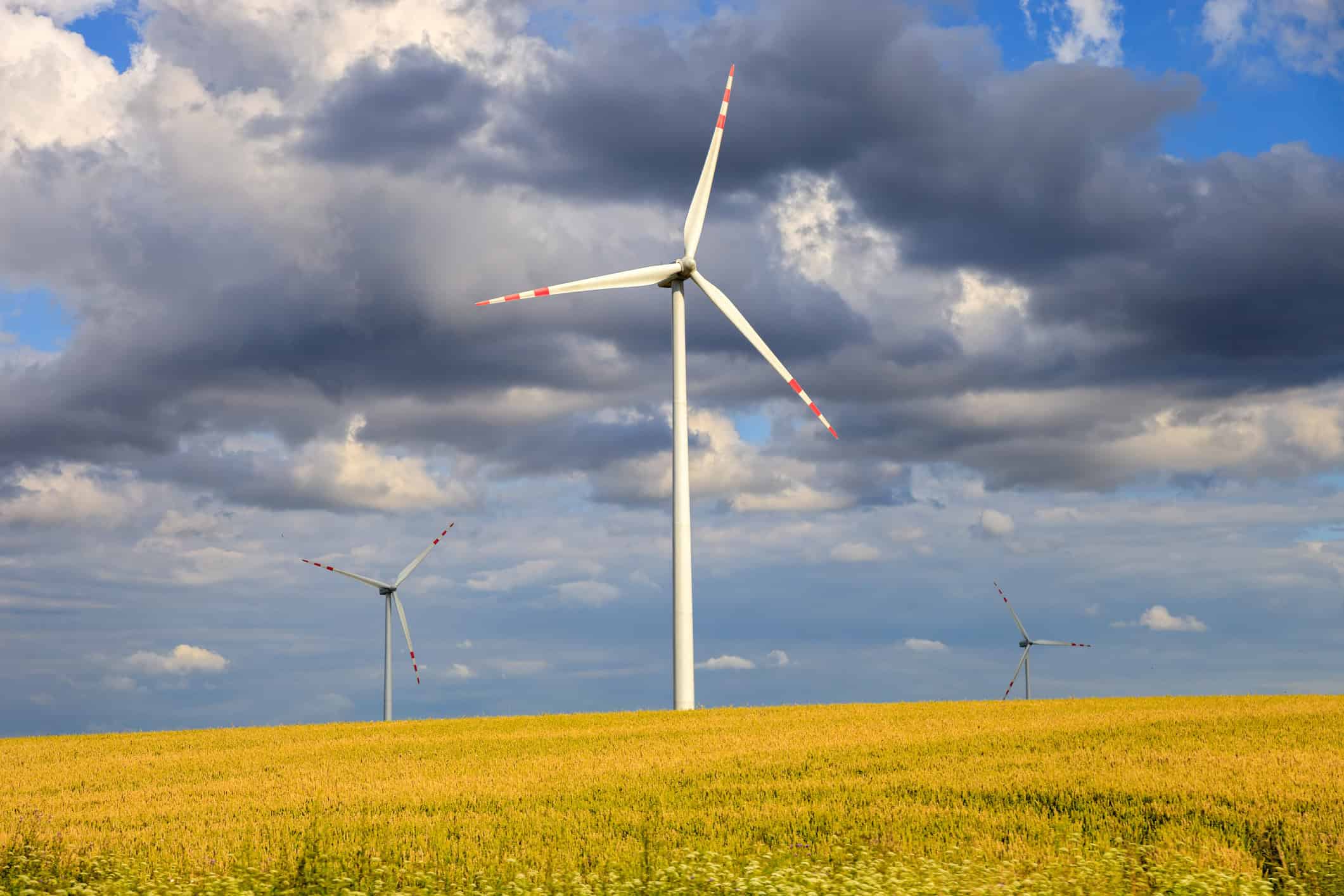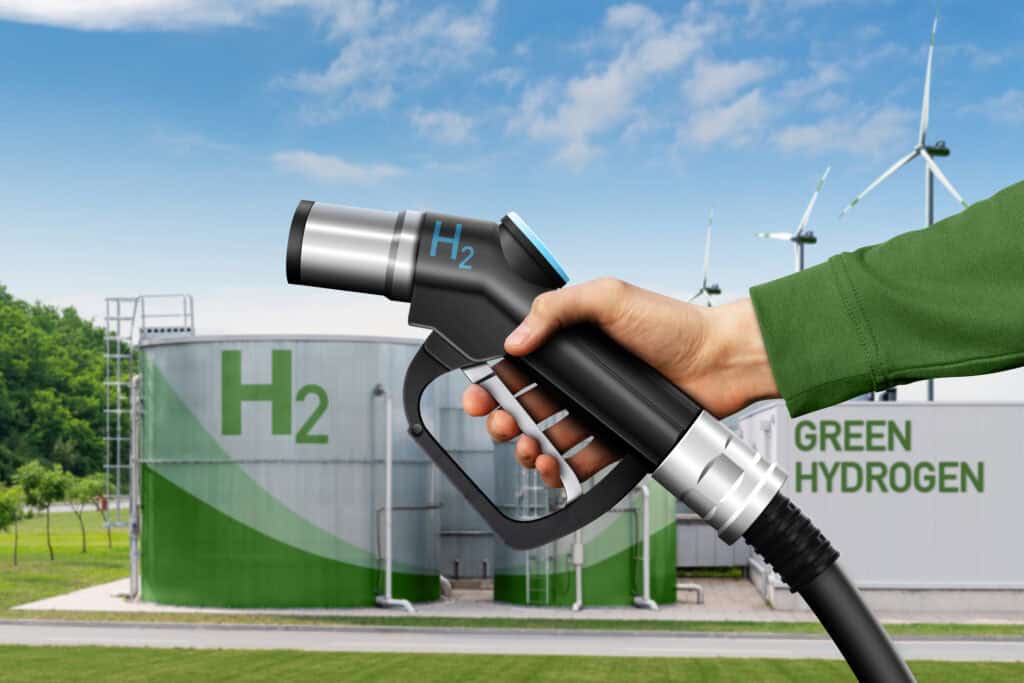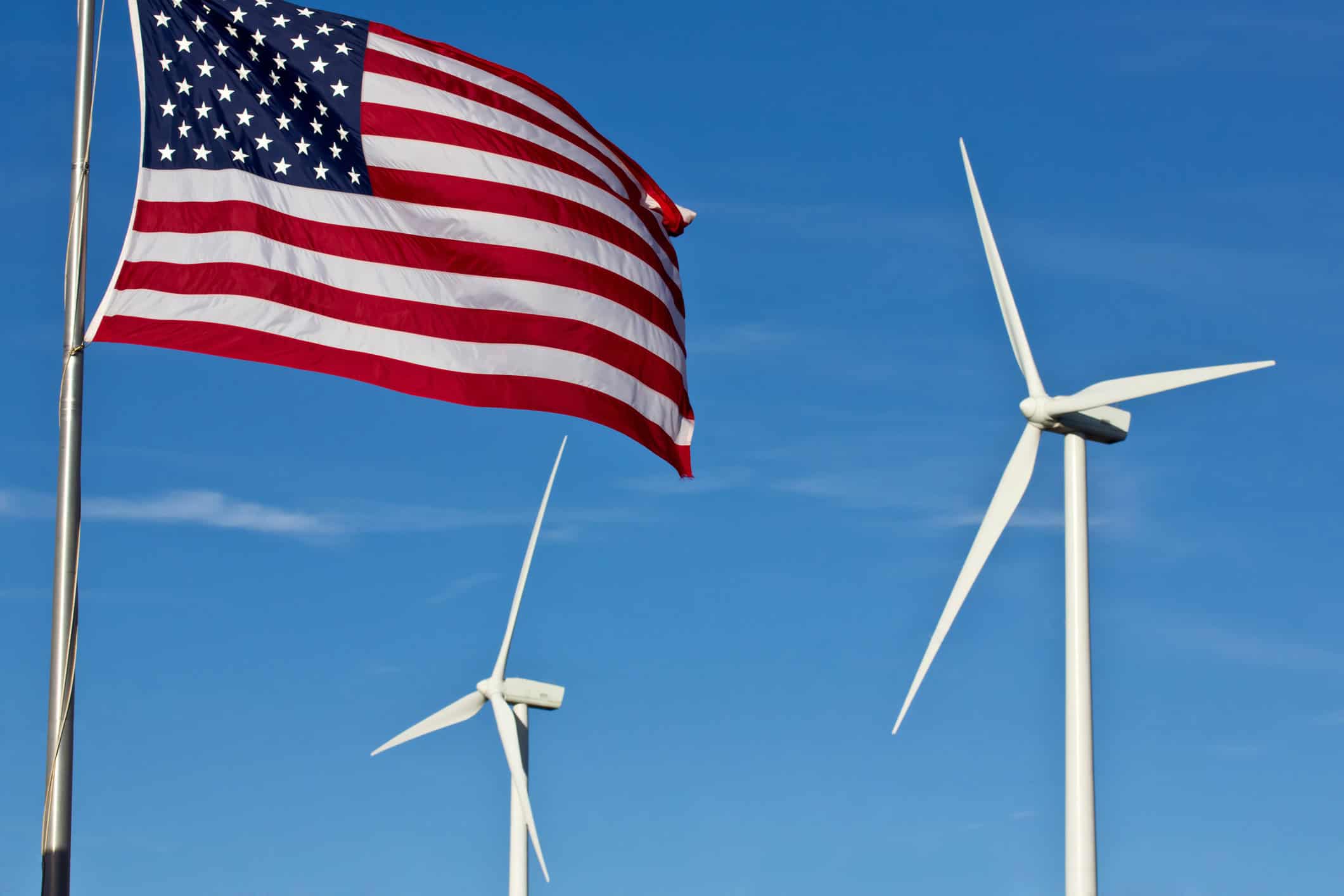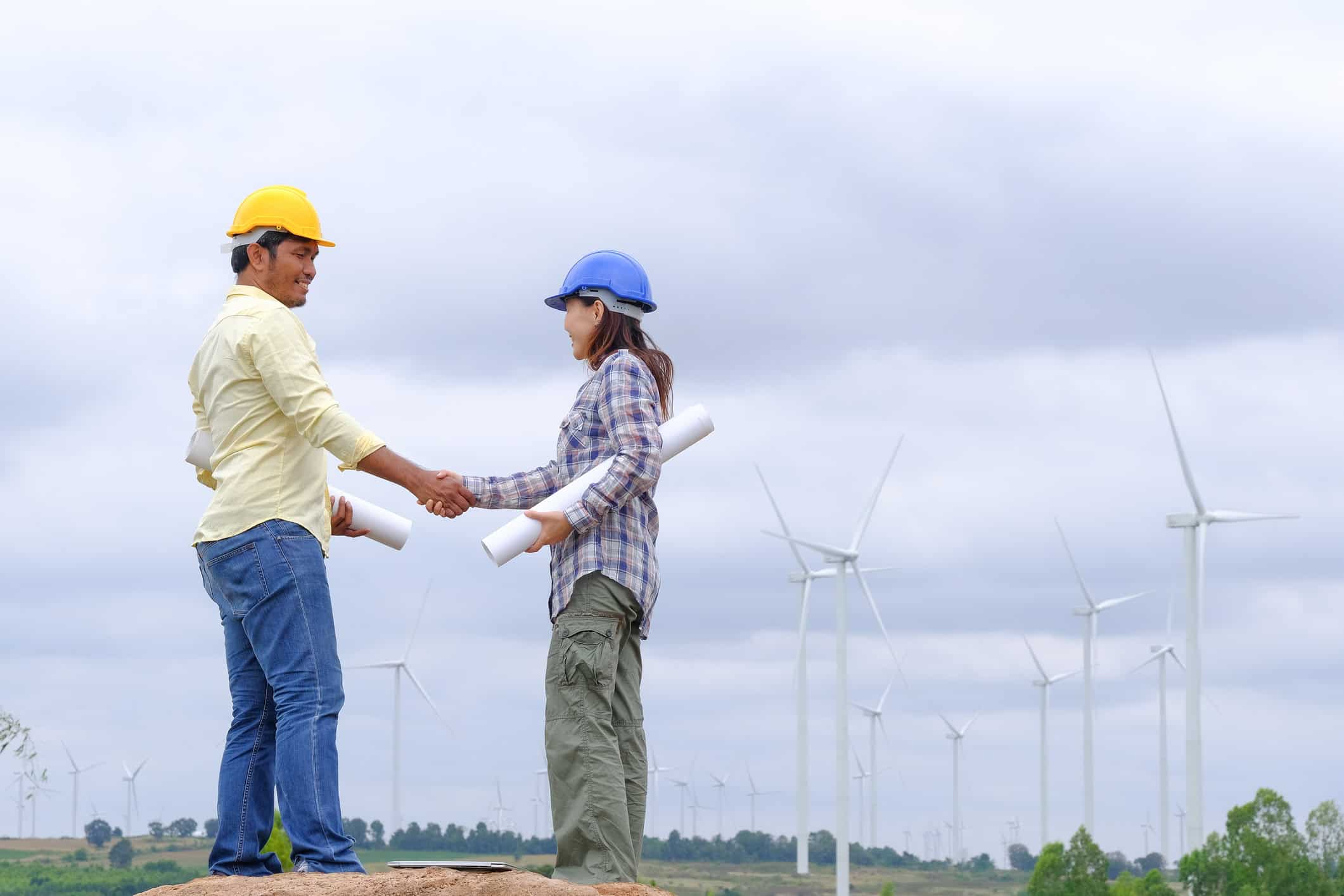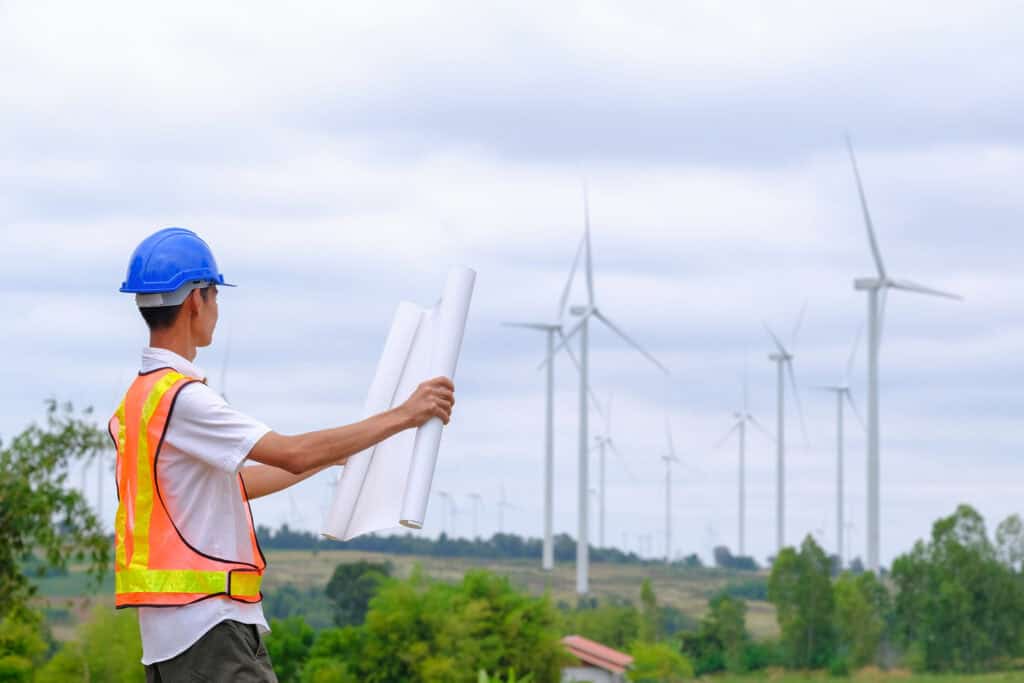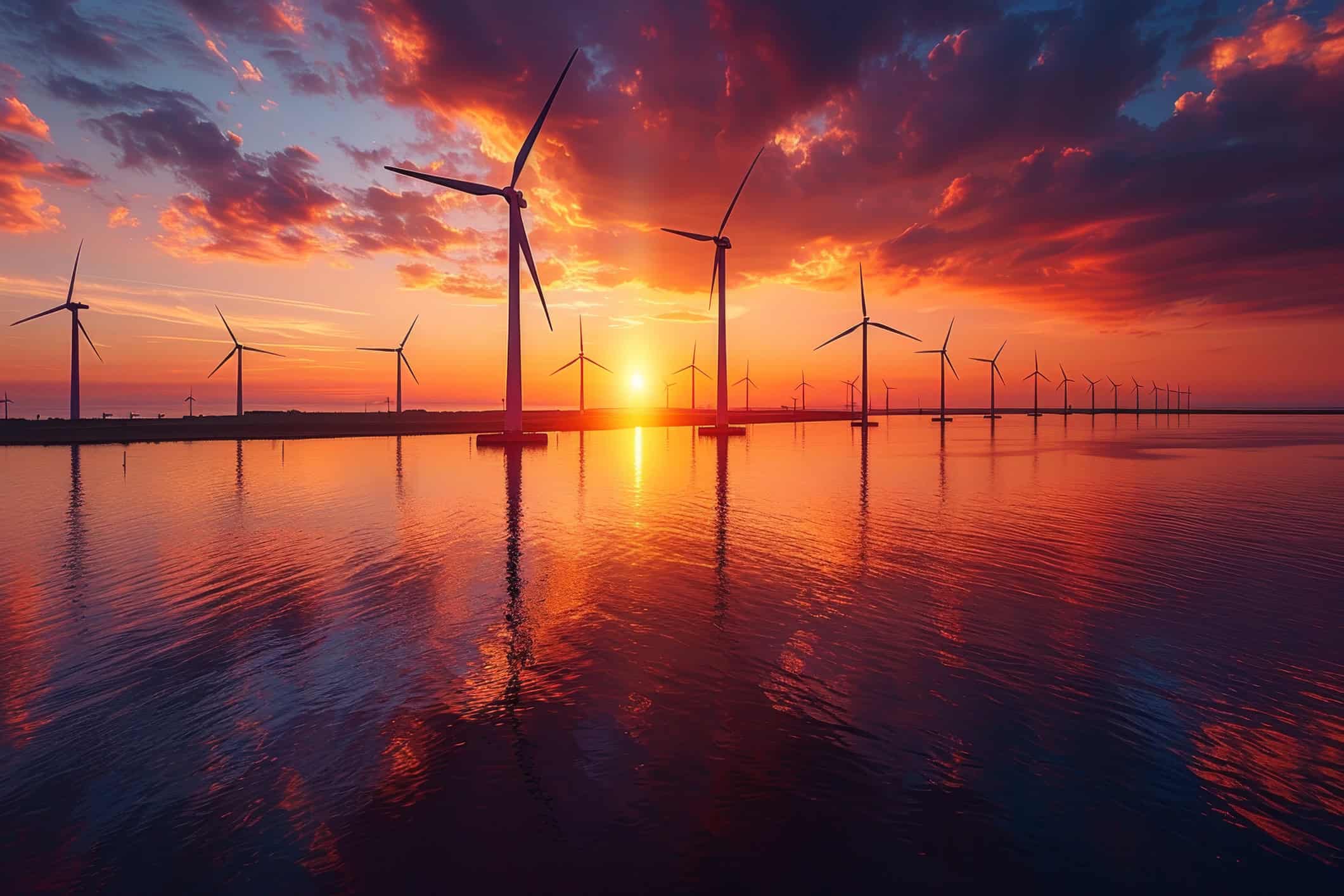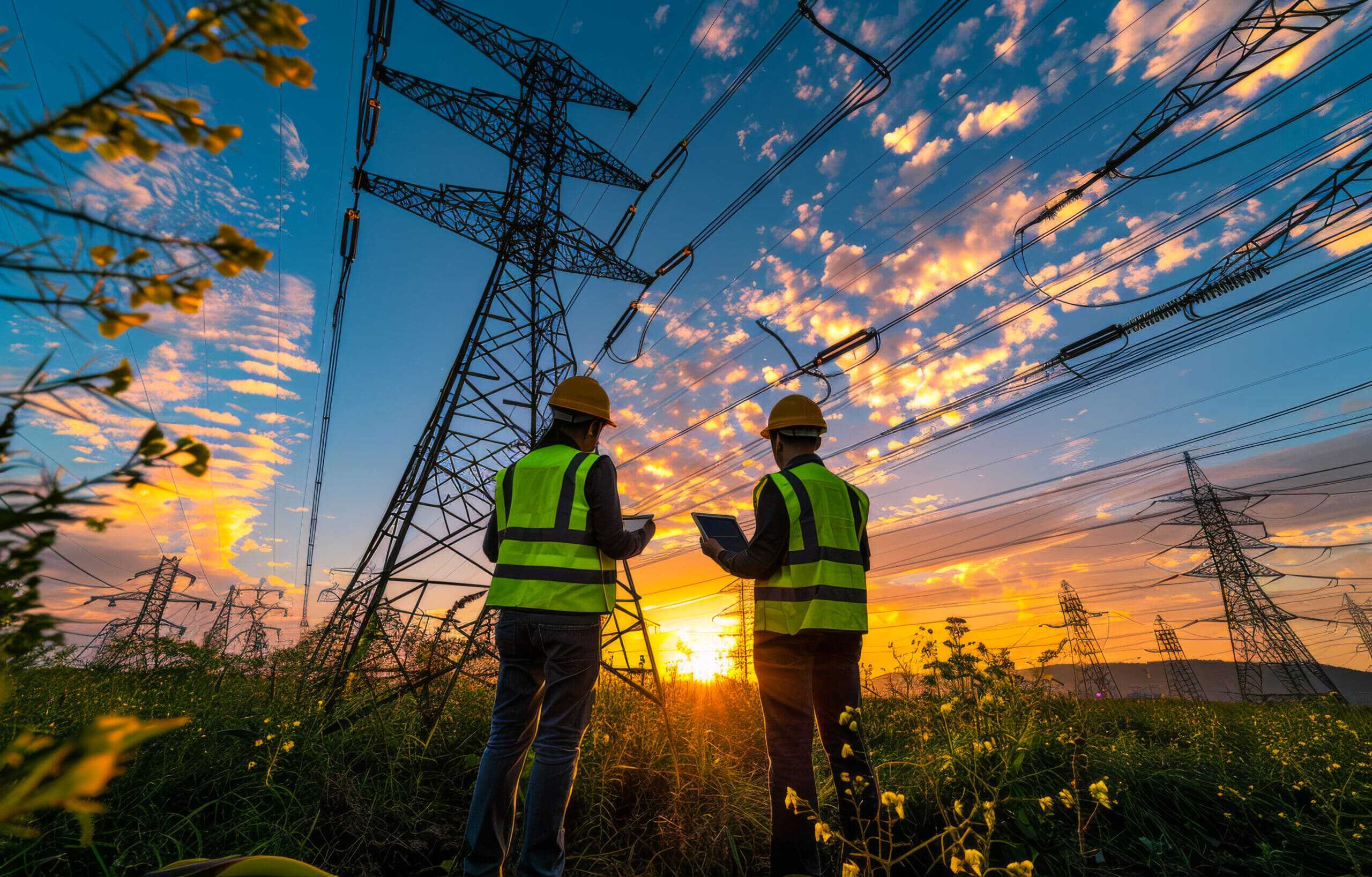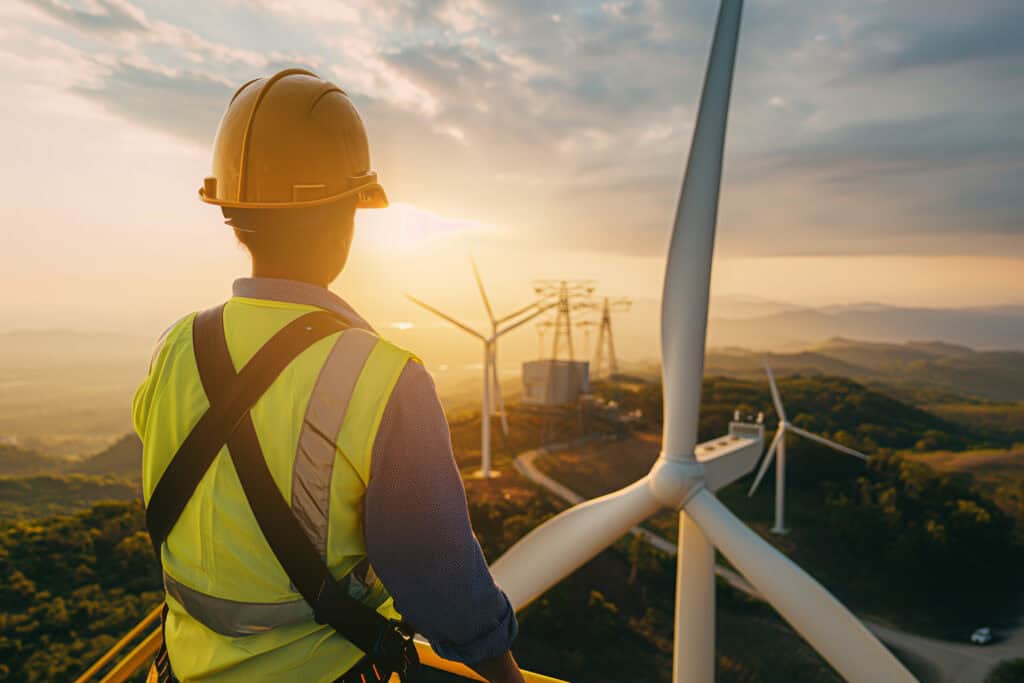Table of Contents
As the demand for sustainable solutions grows, making the switch to green energy has never been more important. Whether you’re a homeowner, business owner, or policymaker, embracing renewable energy sources like solar, wind, and hydroelectric power can lead to significant financial and environmental benefits.
At JMS Energy, we believe that making the switch to green energy is a smart decision for both individuals and the planet. In this article, we’ll explore 10 compelling reasons why now is the perfect time to make the switch.
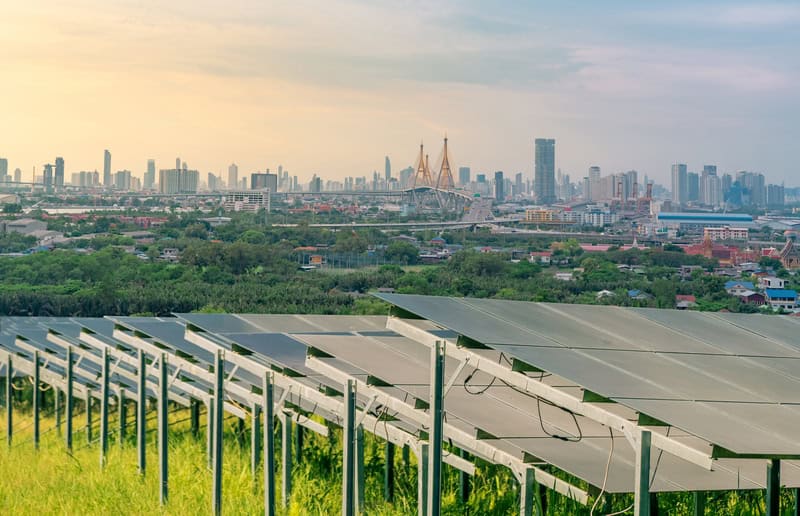
1. Save Money on Energy Bills
Traditional energy sources like coal and natural gas are becoming more expensive due to fluctuating fuel prices. By investing in solar panels, wind turbines, or battery storage, you can significantly reduce or even eliminate your electricity bills. With net metering programs, excess energy produced by your system can be sold back to the grid, further lowering costs.
2. Reduce Your Carbon Footprint
Fossil fuels are the leading contributors to greenhouse gas emissions, causing global warming and climate change. Making the switch to green energy significantly reduces your carbon footprint, helping to combat pollution and protect the environment for future generations.
3. Increase Energy Independence
Relying on traditional energy sources leaves consumers vulnerable to price hikes and supply chain disruptions. With green energy systems like solar and wind power, you gain more control over your energy production, ensuring a stable and reliable power supply.
4. Boost Property Value
Homes and businesses equipped with renewable energy systems are more attractive to buyers. Studies show that solar-powered homes sell faster and at higher prices compared to non-solar properties. Installing green energy solutions is a long-term investment that adds value to your property.
5. Access Government Incentives & Tax Credits
Governments worldwide are encouraging the switch to green energy by offering tax credits, rebates, and incentives for installing renewable energy systems. Programs like the Investment Tax Credit (ITC) in the U.S. and grants in other regions help reduce upfront costs, making the switch more affordable.
6. Enjoy Low Maintenance Costs
Unlike fossil fuel-based power plants, solar panels and wind turbines require minimal maintenance. With no fuel costs and fewer moving parts, green energy systems are designed to operate efficiently with minimal upkeep, saving you time and money in the long run.
7. Protect Yourself from Power Outages
Extreme weather conditions and grid failures can lead to unexpected power outages. With renewable energy and battery storage solutions, you can store surplus electricity and ensure continuous power supply during emergencies. This is especially beneficial for homes in remote areas or businesses that rely on constant energy access.
8. Support Job Growth & Local Economy
The renewable energy sector is one of the fastest-growing industries, creating thousands of jobs worldwide. By making the switch to green energy, you support local solar panel installers, wind turbine technicians, and energy efficiency experts, contributing to job creation and economic development.
9. Improve Public Health
Burning fossil fuels releases harmful pollutants like sulfur dioxide and nitrogen oxides, which contribute to respiratory diseases, heart conditions, and other health problems. By investing in a switch to green energy, we can reduce air pollution and improve public health, leading to cleaner air and fewer medical expenses.
10. Future-Proof Your Home or Business
The world is rapidly gearing towards a switch to green energy, with governments and corporations committing to net-zero emissions goals. Investing in renewable energy now ensures that your home or business stays ahead of the curve, avoiding future penalties or restrictions on fossil fuel usage.
How to Get Started with JMS Energy
At JMS Energy, we make the switch to green energy easy and affordable. Here’s how you can get started:
- Schedule a Free Consultation – Our experts will assess your energy needs and recommend the best solution.
- Get a Customized Quote – We provide transparent pricing and financing options to fit your budget.
- Professional Installation – Our certified technicians will install your solar panels, wind turbines, or battery storage systems efficiently.
- Start Saving & Enjoying Green Energy – Lower your energy costs and contribute to a cleaner environment!
Frequently Asked Questions (FAQs)
1. What is green energy?
Green energy comes from renewable sources such as the sun, wind, and water. It is sustainable, eco-friendly, and does not deplete natural resources like fossil fuels.
2. Is solar power worth the investment?
Yes! Solar energy offers long-term savings on electricity bills, increases property value, and provides energy independence. Government incentives also help lower the upfront costs.
3. Can I use green energy if I live in an area with low sunlight?
Yes! Even in areas with limited sunlight, solar panels can still generate energy. Additionally, hybrid systems combining solar, wind, and battery storage ensure continuous power supply.
4. How long does it take to install a renewable energy system?
Most solar panel installations take 1-3 days, while wind and hybrid systems may take longer. JMS Energy provides fast and efficient installation services tailored to your needs.
5. Can businesses benefit from green energy?
Absolutely! Businesses can cut energy costs, enhance their brand image, and meet corporate sustainability goals by switching to green energy solutions.
6. What maintenance is required for renewable energy systems?
Solar panels require minimal maintenance, usually just occasional cleaning and inspections. Wind turbines and battery storage systems may require periodic checkups to ensure optimal performance.
Conclusion
Switching to green energy is a smart, sustainable, and financially rewarding decision. From reducing energy costs and carbon emissions to increasing property value and energy independence, the benefits are undeniable.
At JMS Energy, we are committed to helping homeowners and businesses transition to renewable energy seamlessly. If you’re ready to make the switch, contact us today and take the first step toward a cleaner, greener future!
